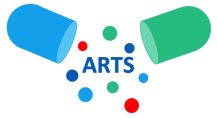Tips for using visual art in teaching
It is said that a picture is worth a thousand words.
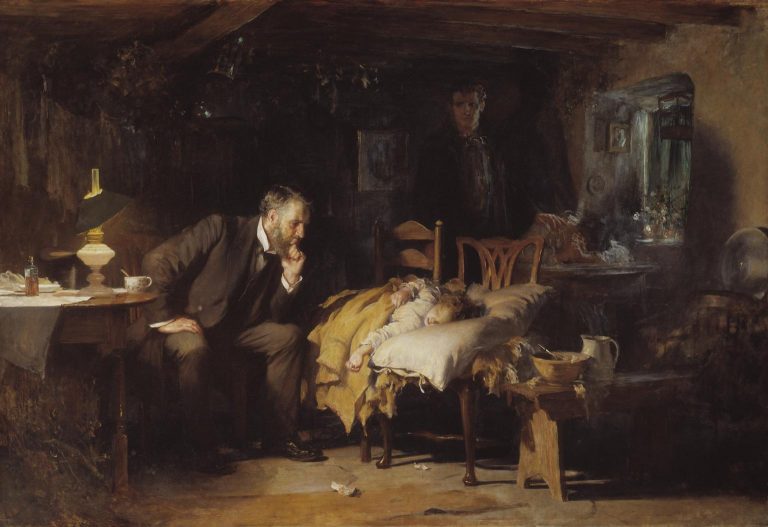
Luke Fildes’ picture The Doctor is possibly the most famous painting of a medical professional. It has a story to share. On Christmas morning in 1877, despite the best efforts of his doctor, Luke Fildes’ son Philippe tragically died of typhoid fever. He was only a year old.
Many years later, Henry Tate commissioned Fildes to paint a picture in the fashionable genre of ‘social realism’ for his new gallery, National Gallery of British Art. Fildes knew exactly what he wanted to paint. He had been so impressed by the compassionate care given, by his doctor, Dr Murray that he chose to paint a tribute to ‘a doctor of our time’. It’s noticeable that Fildes did not include any of the usual medical instruments associated with doctors, even a simple stethoscope as he wanted the focus of the picture to be the relationship between patient and doctor. Tate’s new gallery was opened in 1897, its name was later changed to The Tate, where you can still stand and admire Fildes’ picture. Why not visit when you are next in London?
See what happens if you use this picture in a tutorial.
Pictures tell stories, communicate emotion, record and convey facts, promote and market products and ideas, and help us learn new skills and facts.
When was the last time you used a picture to help you learn something new? Maybe it was cooking a recipe, assembling a piece of Ikea furniture, or studying an infographic in the BMJ.
Pictures have always had a formal role in medical education; detailing anatomical structures, documenting what a disease looks like, and sharing new surgical or nursing techniques.
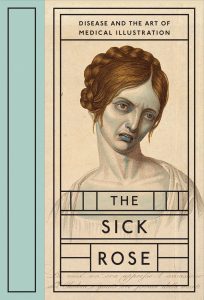
The Wellcome Collection hosts an amazing library of medical images, take a look online or visit their library and museum on Euston Road. (it has a great café and bookshop too)
Now take a moment to think about how you might use pictures in your teaching and learning.
Ruskin suggested, a viewer should be encouraged to read a painting as they would a book. It’s good advice.
Here are some ideas.
1. Browse the visual images on this website and introduce them as a resource in a tutorial. E.g. if your learner has identified the problem of anxiety as an educational need you could use the photo by Jon Keedy on the anxiety page as a catalyst for discussion.
2. Encourage your learner to find and share a visual image that helps them better understand a particular illness or set of life circumstances.
3. A picture can be used to develop observation skills in the consultation. Take a look at the Self-Portrait between the Clock and the Bed by Edvard Munch on the illness page.
4. For something more challenging you can use visual images to help explore aspects of the hidden curriculum e. g the unhelpful behaviours of jumping to conclusions or making judgements, and the challenges managing uncertainty when working as a GP.
Van Gogh is reported to have said that the eye should be forensic and not judgemental.
I like using the picture by Magritte (see below) to provoke discussion about uncertainty.
5. Ask the learner to select an image (a portrait works well as does the work of Vivien Maier) and to imagine the story behind the image.
Visiting an art gallery provides a great opportunity to undertake this task, either with a single learner in a tutorial or in a small group. Encourage the learner to ‘tell’ their imagined story. Tracey Chevalier said that seeing Vermeer’s picture of the Girl with the Pearl Earring inspired her to write her novel of the same name.
6. Try incorporating drawing or painting in a tutorial or teaching session, it could be as a wellbeing activity or with a focus on active reflection. Ask participants to draw themselves as they think they are seen by the patient. Ask them to discuss what they have drawn.
7. Take a look at your surgery walls, are they a blank canvas? Art can improve the environment for staff and patients and can help set the scene for care and promote the ethos of your practice.
Remember we don’t see things are they are we see them as we are. (Anais Nin)
Be prepared for your learner to have a different perspective to your own, for them to see things you did not notice, and often to experience an emotional response to the image.
Go back to the home page for more tips about using the arts as a resource in medical education.
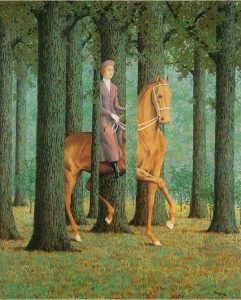
There are lots of books of visual images highlighted on this website, my favourite resource for inspiration and teaching is this book.
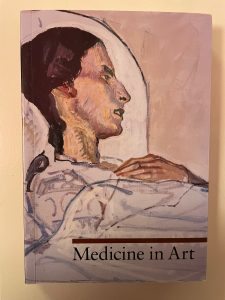
Page created November 2022
